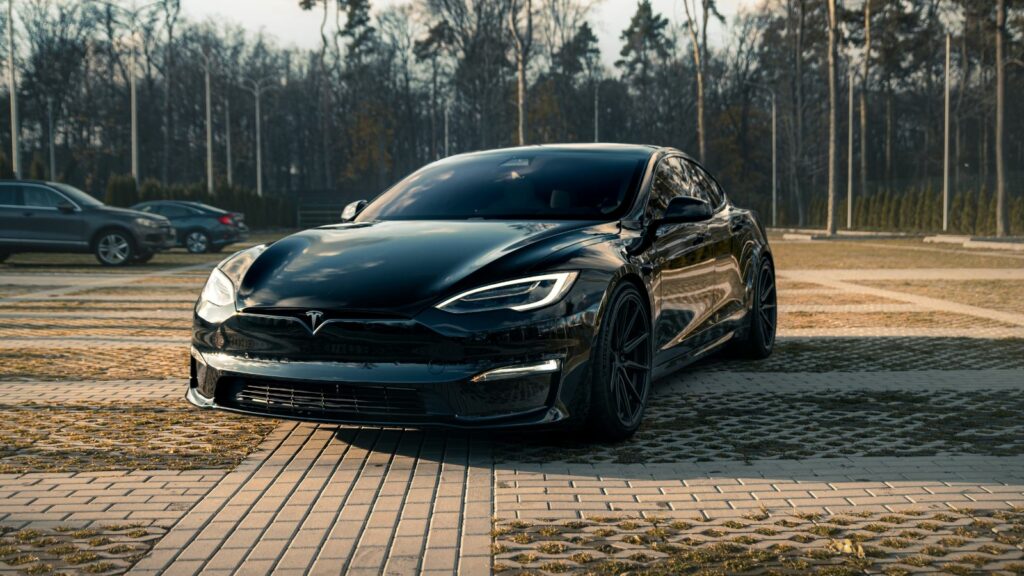Over the past half-century, the automobile industry has witnessed a series of technological advancements, design revolutions, and engineering marvels. Some vehicles have not only captured the imagination of car enthusiasts but also set new benchmarks for the industry. Here’s a countdown of the ten most revolutionary cars from the last 50 years.
Toyota Prius (1997)
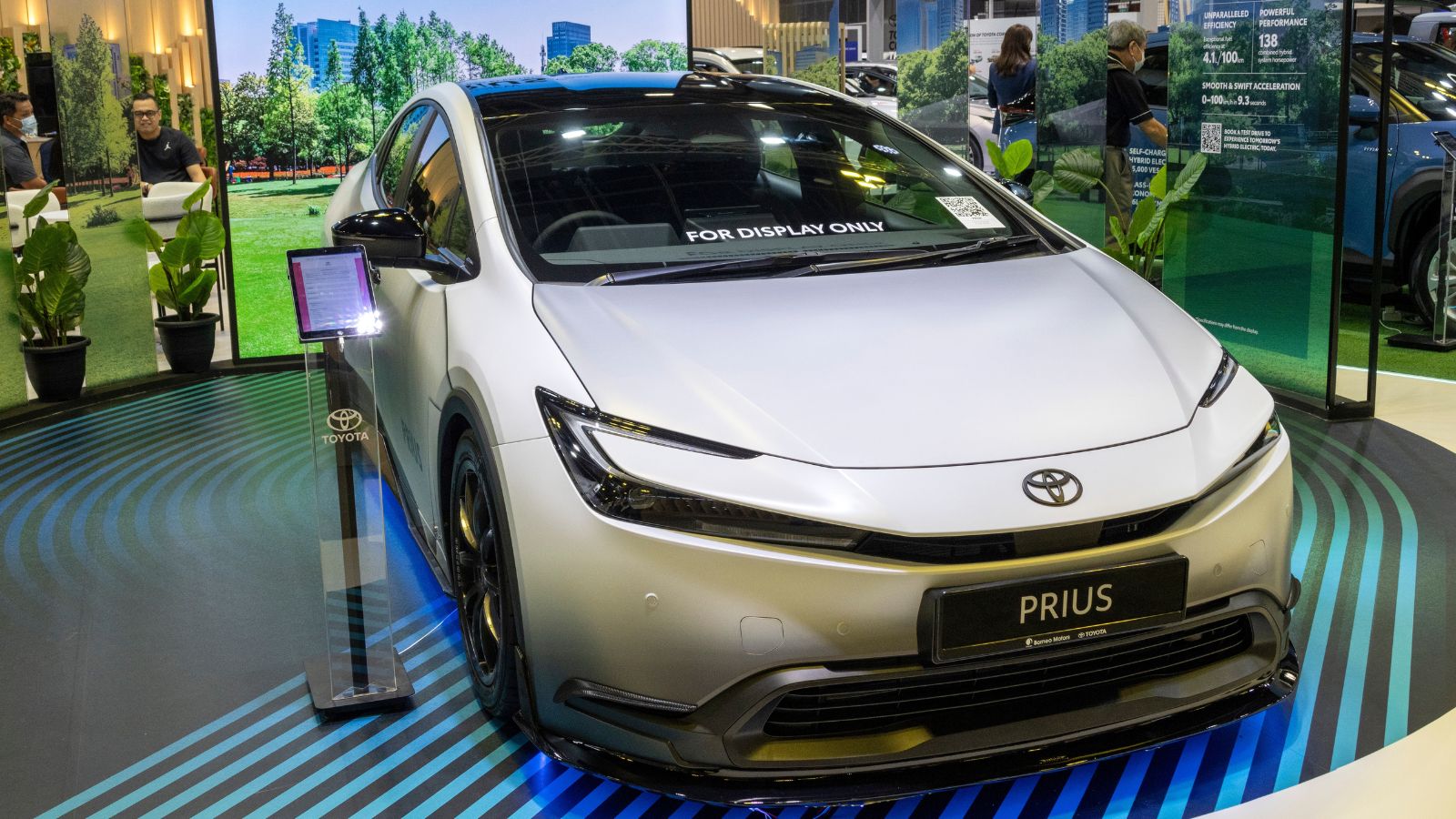
The Toyota Prius wasn’t the first hybrid car, but the first to achieve mass-market success. Introduced in Japan in 1997 and globally in 2000, the Prius became synonymous with hybrid technology. It combined a gasoline engine with an electric motor to demonstrate that fuel efficiency and reduced emissions could coexist without sacrificing practicality. The Prius spurred the entire industry towards electrification, paving the way for the hybrid and electric cars that followed.
Tesla Model S (2012)
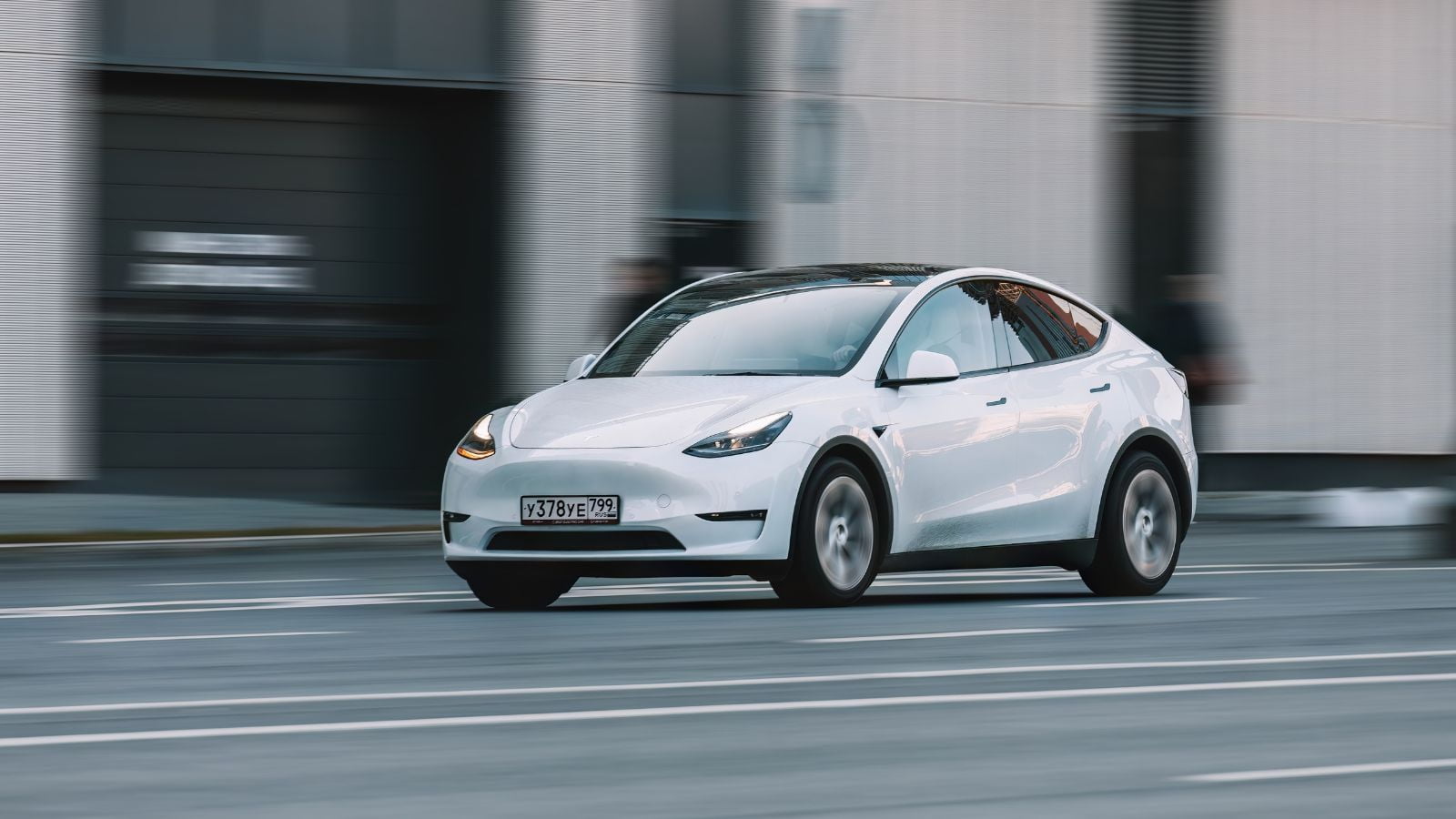
When the Tesla Model S debuted in 2012, it shattered preconceptions about electric vehicles. With over 200 miles range on a single charge, unparalleled acceleration, and advanced technology features, electric cars could compete with traditional luxury sedans. The Model S’s success helped legitimize electric vehicles (EVs) and positioned Tesla as a major player in the auto industry. Its influence on the EV market is undeniable.
Volkswagen Golf GTI (1976)
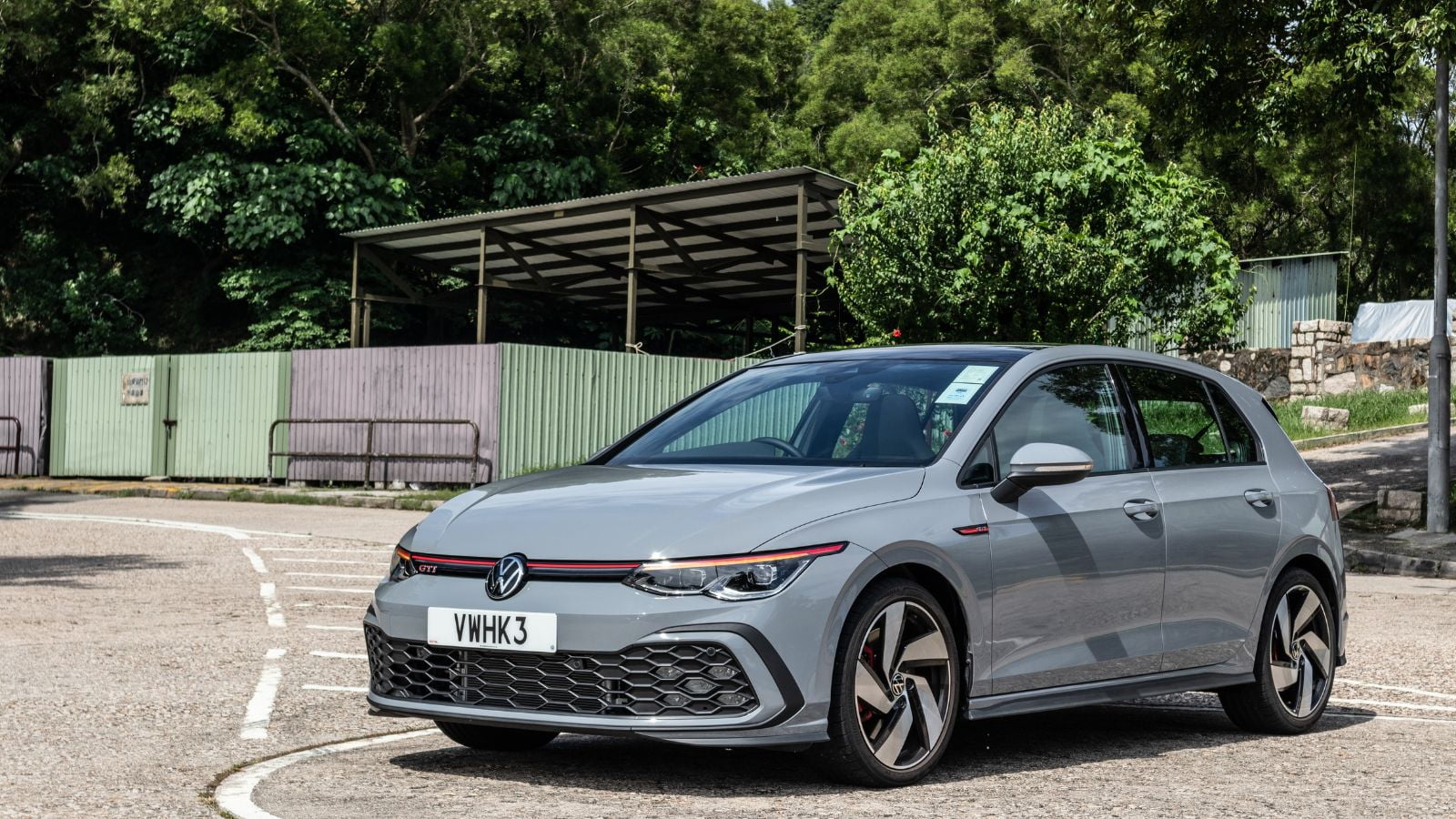
The Volkswagen Golf GTI is widely regarded as the original “hot hatch.” Introduced in 1976, it combined the practicality of the Golf hatchback with sporty performance, featuring a fuel-injected engine, a close-ratio 4-speed manual gearbox, and distinctive styling cues. The GTI’s blend of everyday usability and spirited driving dynamics inspired a segment of performance-oriented compact cars.
Lexus LS 400 (1989)
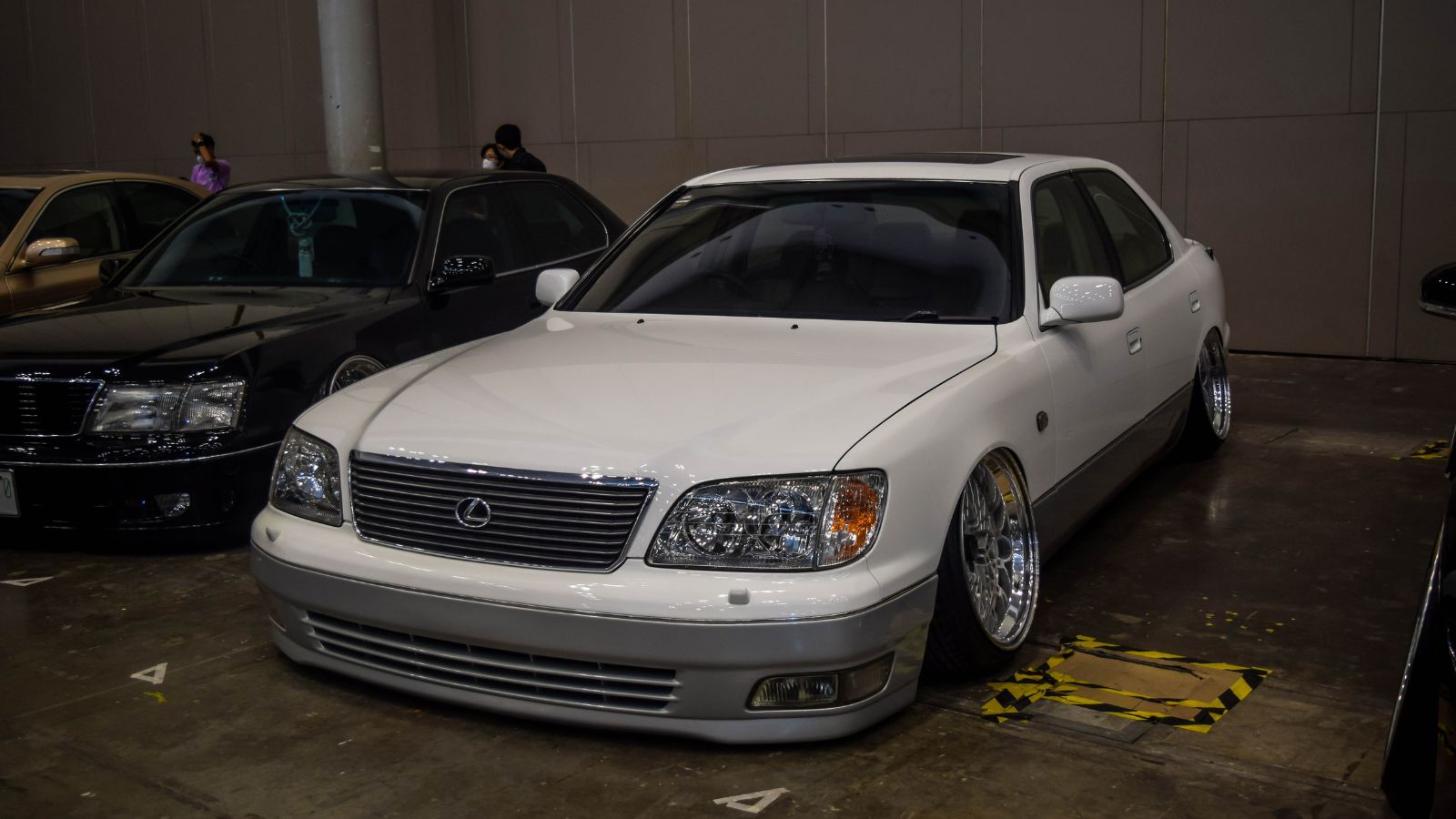
Lexus’s entry into the luxury car market with the LS 400 in 1989 was a game-changer. The LS 400 was meticulously engineered, offering a combination of build quality, reliability, and performance that rivaled established European luxury brands. Its quiet, smooth ride and high level of refinement forced competitors to step up their game, leading to a new era of luxury vehicles. The LS 400 also solidified Toyota’s reputation for quality and innovation.
Mazda MX-5 Miata (1989)

Launched in 1989, the Mazda MX-5 Miata resurrected the affordable, lightweight roadster market. Drawing inspiration from British sports cars of the 1960s, the Miata offered a simple, fun driving experience with superb handling and reliability. Its success redefined the sports car market, proving that driving enjoyment didn’t require excessive power or high costs. The Miata’s enduring popularity and influence on subsequent sports cars cannot be overstated.
BMW 3 Series (E30) (1982-1994)
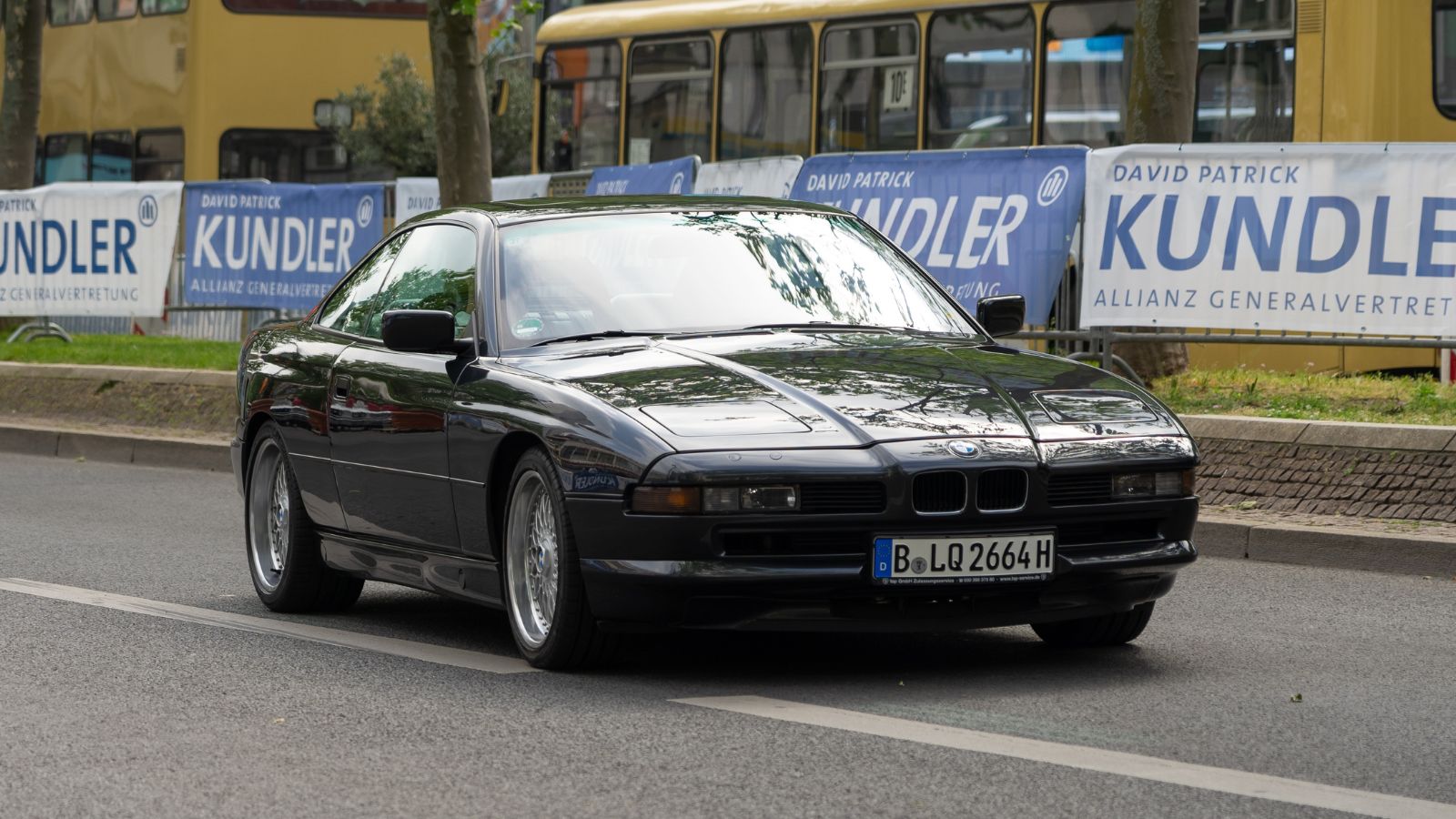
The BMW 3 Series, particularly the E30 generation (1982-1994), set the benchmark for compact sports sedans. Known for its balanced chassis, rear-wheel drive, and driver-focused interior, the E30 offered a blend of performance, practicality, and luxury that appealed to a broad audience. It solidified BMW’s reputation as the “Ultimate Driving Machine” and established the 3 Series as a cornerstone of the brand.
Jeep Cherokee (XJ) (1984)

The Jeep Cherokee (XJ), introduced in 1984, pioneered the modern SUV. Unlike its predecessors, the XJ featured a unibody construction, offering a combination of off-road capability, car-like handling, and interior space. Everyone, from outdoor enthusiasts to suburban families, fell for it. The XJ’s design and versatility set the stage for the SUV boom of the 1990s and 2000s.
Ford Mustang (1964)
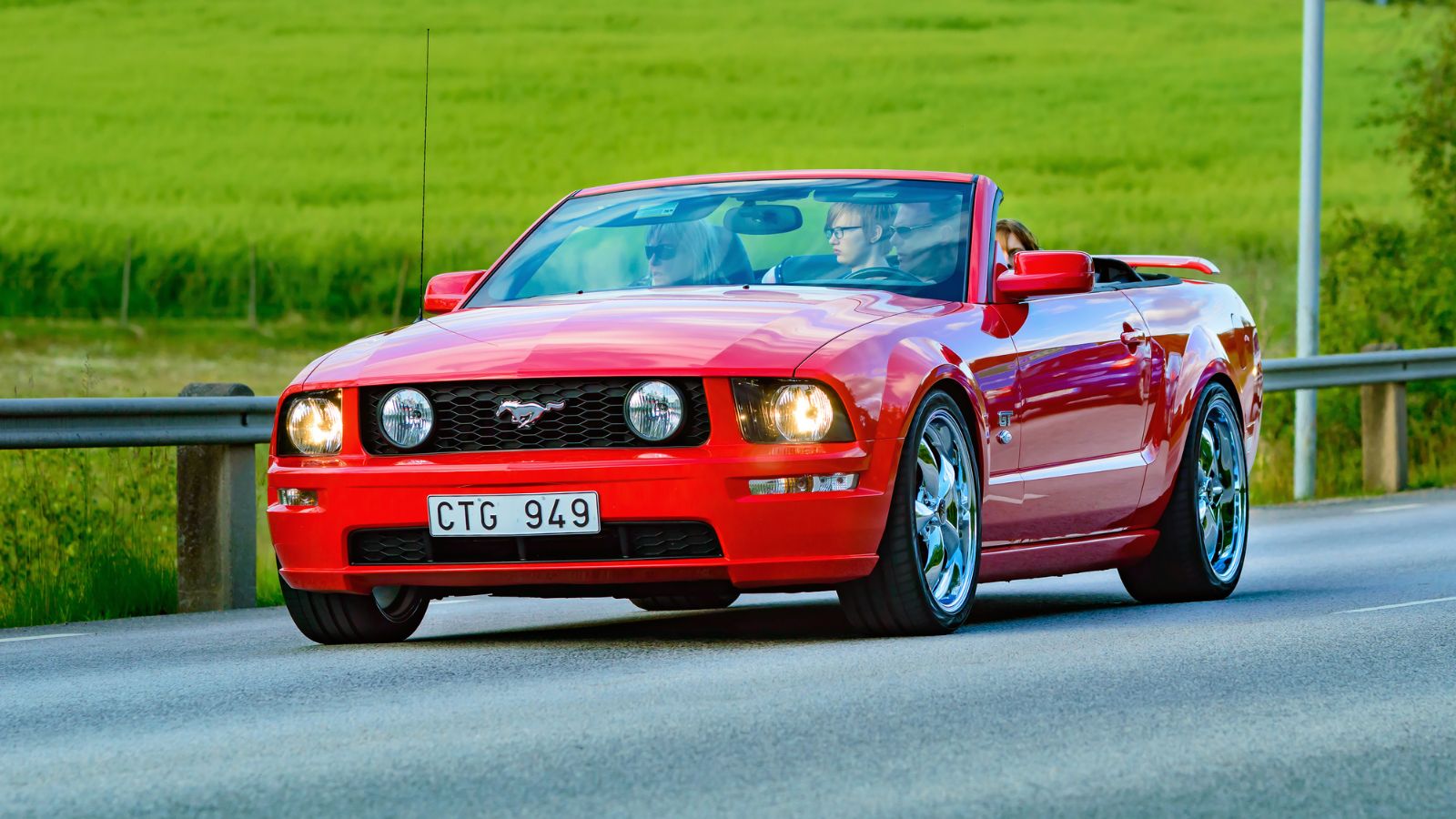
While slightly older than our 50-year timeframe, the Ford Mustang’s influence on the automotive world is too significant to ignore. Launched in 1964, it created the “pony car” segment with its affordable price, sporty design, and performance options. The Mustang’s success inspired a wave of competitors and cemented its status as an American icon. Its enduring legacy and continuous evolution make it a symbol of American automotive culture.
Honda Civic (1972)
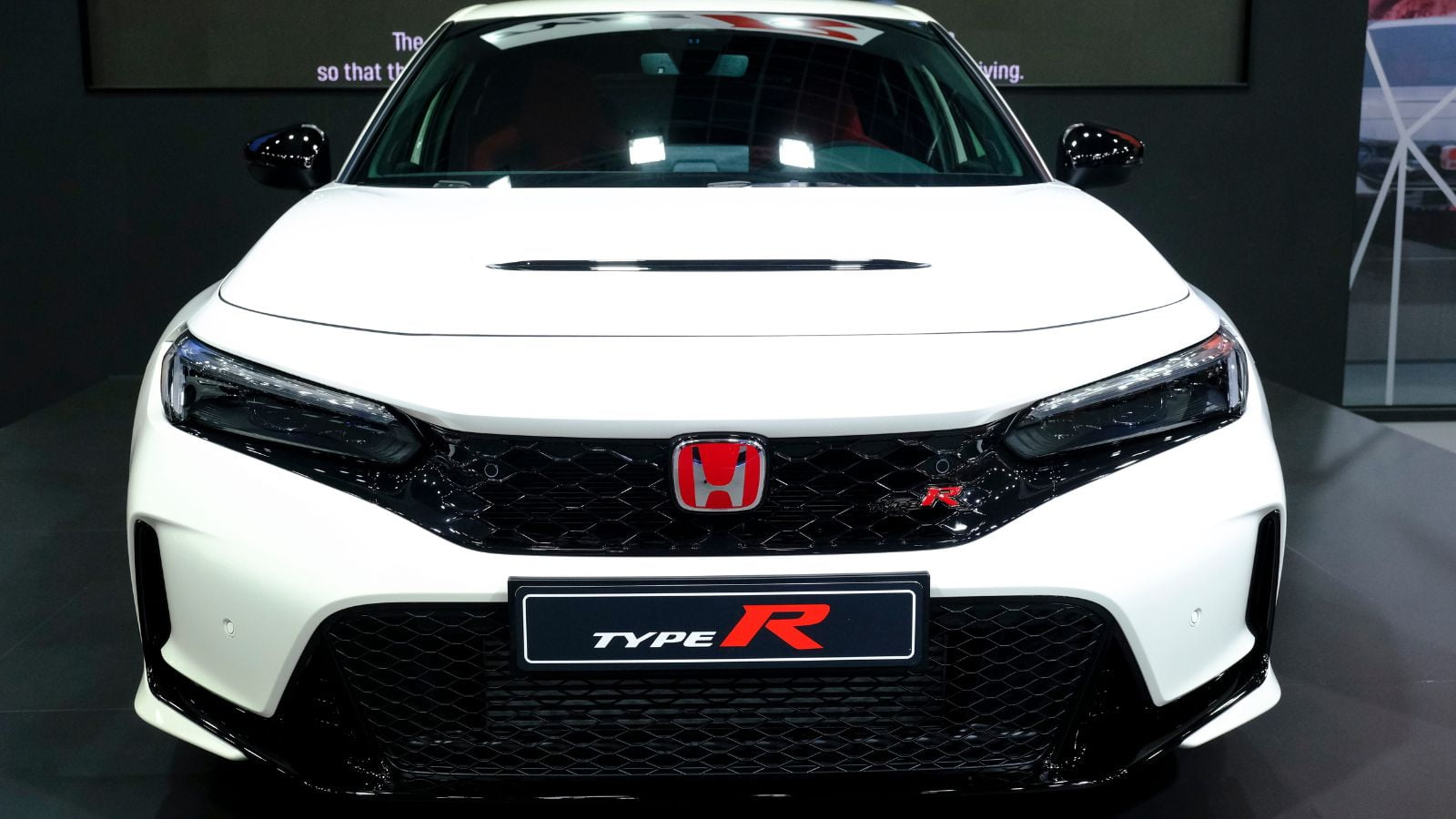
Introduced in 1972, the Honda Civic became a symbol of reliability, efficiency, and practicality. Its impact was particularly profound after the 1973 oil crisis, as consumers sought fuel-efficient alternatives to larger, gas-guzzling vehicles. The Civic’s innovative engineering, including the CVCC engine that met emissions standards without a catalytic converter, set new benchmarks for small cars. Over the decades, the Civic has consistently evolved, maintaining its reputation for quality and influencing the development of compact cars worldwide.
Toyota Corolla (1966)
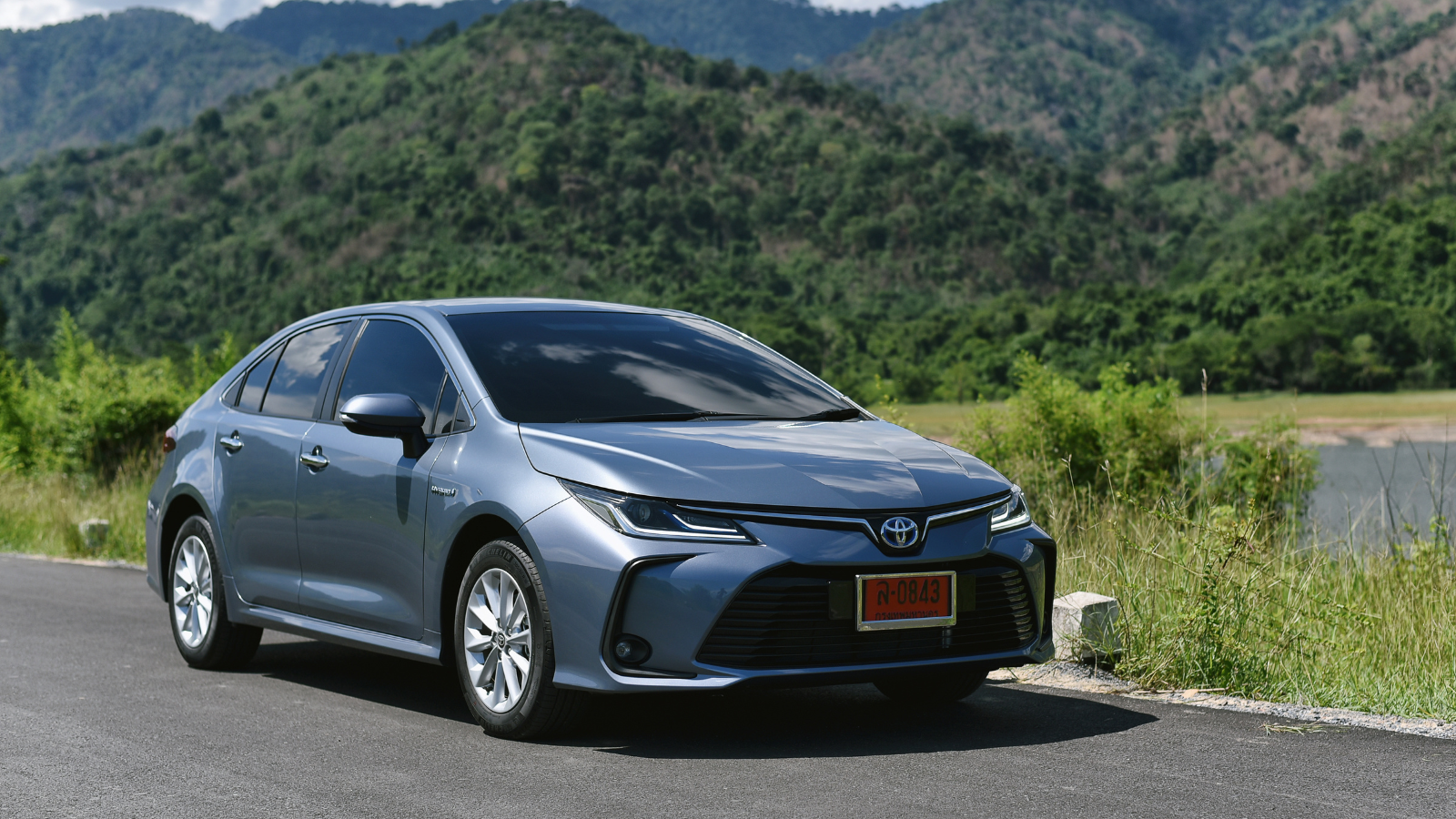
The Toyota Corolla, first introduced in 1966, has become the best-selling car of all time, with over 44 million units sold by 2021. Its success lies in its unwavering commitment to reliability, affordability, and efficiency. The Corolla has consistently met the needs of a diverse global market, adapting to changing consumer preferences and technological advancements. Its widespread influence and enduring popularity have made it a cornerstone of the automotive industry.
14 Cars with a Reputation for Running Forever and Why They Outperform the Rest

In the dynamic world of automobiles, some cars stand out for their remarkable longevity and enduring performance. These road warriors have earned a reputation for running seemingly forever, outpacing their counterparts. This article will explore 14 such vehicles and the reasons behind their legendary durability.
14 Cars With A Reputation For Running Forever And Why They Outperform The Rest
